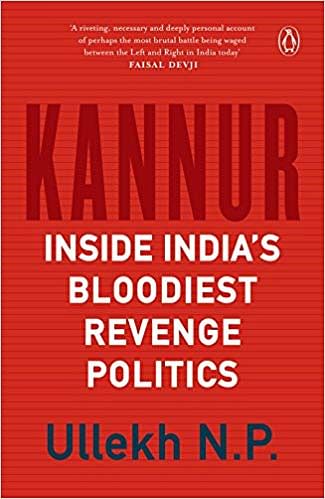
With his book Kannur: Inside India’s Bloodiest Revenge Politics, Ullekh N.P. seeks to debunk the claims of victimhood made by the main players of the current spell of conflict, the BJP/RSS and the CPI(M).
Since its inception 30 years ago, the tourism tagline ‘God’s Own Country’ has become a byword for the coastal state whose backwaters make it one of India’s premier tourist destinations.
But Kerala has courted notoriety in equal measure, thanks to a political culture marred by frequent reports of violent clashes between ideological opponents. Kannur, located near the state’s northern tip, has emerged as the epicentre of this scorge, with more than 100 political activists of varying political affiliations – from the RSS/BJP and CPI(M) to the Congress and Indian Union Muslim League – losing their lives in such attacks since 1991.
In his book Kannur: Inside India’s Bloodiest Revenge Politics, journalist Ullekh N.P. makes an attempt to decode the history and psychology of these murders.
The son of former Lok Sabha member Pattiam Gopalan of the CPI(M), Ullekh, a native of Kannur, traces the start of the violence to April 1969, when RSS activist V. Ramakrishnan was murdered by CPI(M) activists. The political landscape of the state, as in several other parts of the country, was dominated by the Congress, with the CPI(M) beginning to make inroads.
On the surface, the violence may seem like the result of a fight for dominance between different parties, but Ullekh seeks to delve deeper and present the turmoil in rich detail. Over everything else, it sets out to debunk the claims of victimhood made by the main players of the current spell of conflict, the BJP/RSS and the CPI(M).
“The greatest irony in the RSS-CPI(M) fights is that the pro-Hindu Sangh Parivar has had no qualms about targeting CPI(M)-dependent Hindus, while the Marxists, the much-touted saviours of the proletariat, vehemently, so the story goes, go after the working classes who happen to be aligned with the Hindu nationalists,” the author writes in the book.
The flipside is that since the whole plot is centred on one district, it tends to get repetitive, with many descriptions an outsider might find difficult to understand.
After Pinarayi Vijayan was elected chief minister in 2016, the senior leadership of the RSS, the BJP and the CPI(M) met to effect some kind of a truce. But, unfortunately, the killing spree has continued.
Where political negotiations at the highest level have failed, the author suggests kalaripayattu, a local martial art, as a possible antidote to the violence.
No harm in trying it, but one wonders if culture can undo four decades of bad blood.

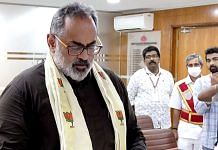
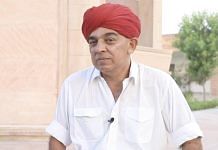
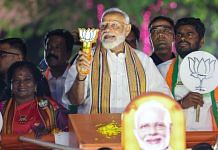
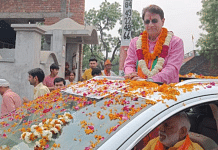
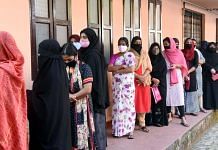
COMMENTS